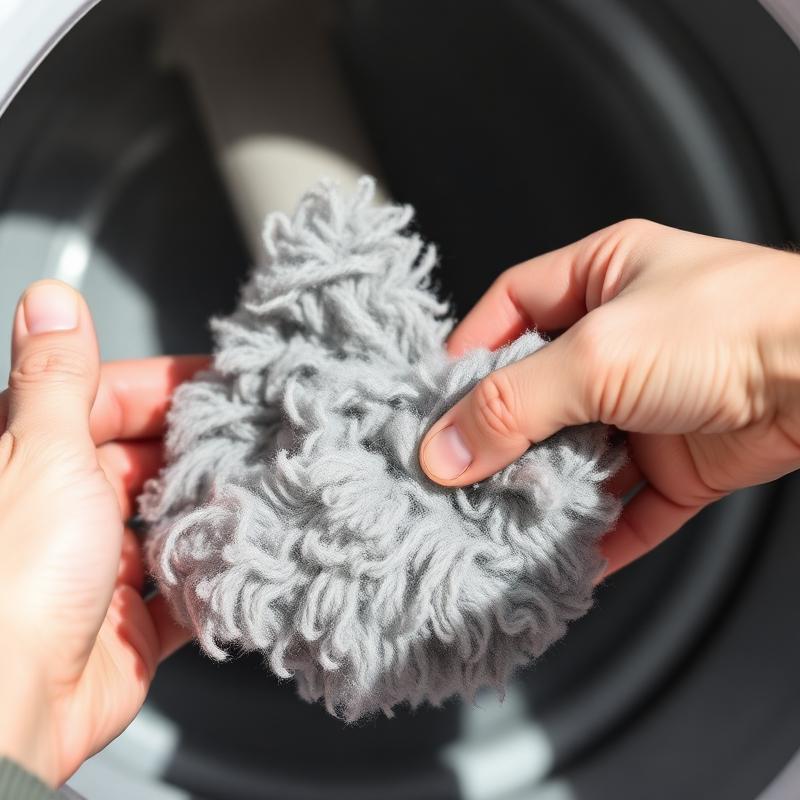What is Dryer Lint?
Dryer lint is the soft, fibrous material that accumulates in your clothes dryer's lint trap during each drying cycle. Composed primarily of cotton, polyester, and other fabric fibers, this seemingly mundane byproduct of laundry is actually a remarkably effective natural tinder for starting fires.
Every time you dry your clothes, tiny fabric particles break free and collect in the lint screen. These ultra-fine fibers are incredibly dry and have a high surface area, making them exceptionally flammable. What most people discard without a second thought is actually a free, renewable resource that campers and outdoor enthusiasts have been using for generations.
Unlike commercial fire starters that cost money and create waste, dryer lint is sustainable, cost-free, and readily available in every home with a dryer. It's the perfect example of turning household waste into outdoor utility.



